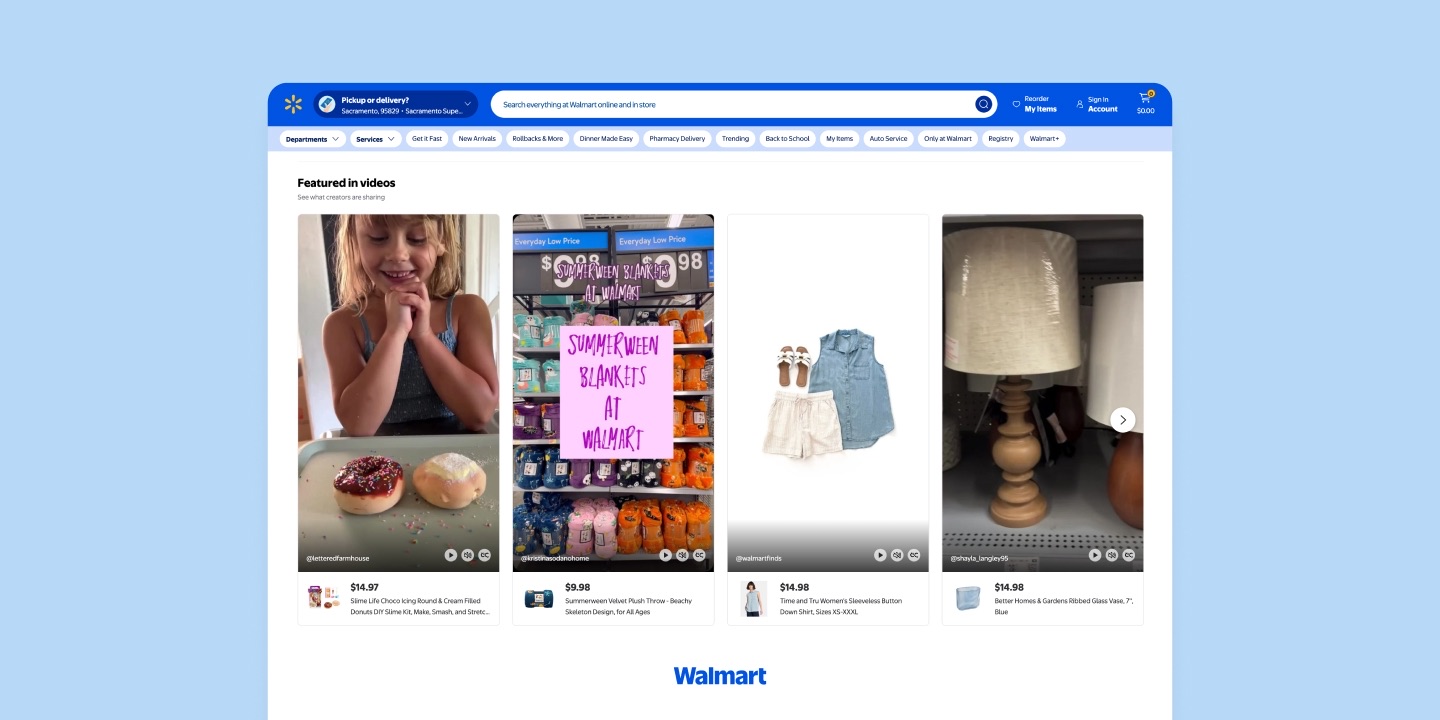
Reaching customers at the right time and in the right mindset is challenging, especially as they’re constantly bombarded with purchase opportunities.
Many brands turn to retail media networks (RMNs) to capitalize on retailers’ greatly desired first-party data and reach shoppers while they’re actively considering a purchase. But there’s a powerful way to get more from your retail media strategy. Enter influencers.
Influencers are becoming an indispensable part of retail media campaigns, and your brand needs to jump on this growing opportunity.
Retail media refers to advertising within a retailer’s owned channels, both online and offline, that leverages the retailer’s first-party customer data. It lets brands target specific shoppers as they browse websites, mobile apps, and in-store displays.
Examples include:
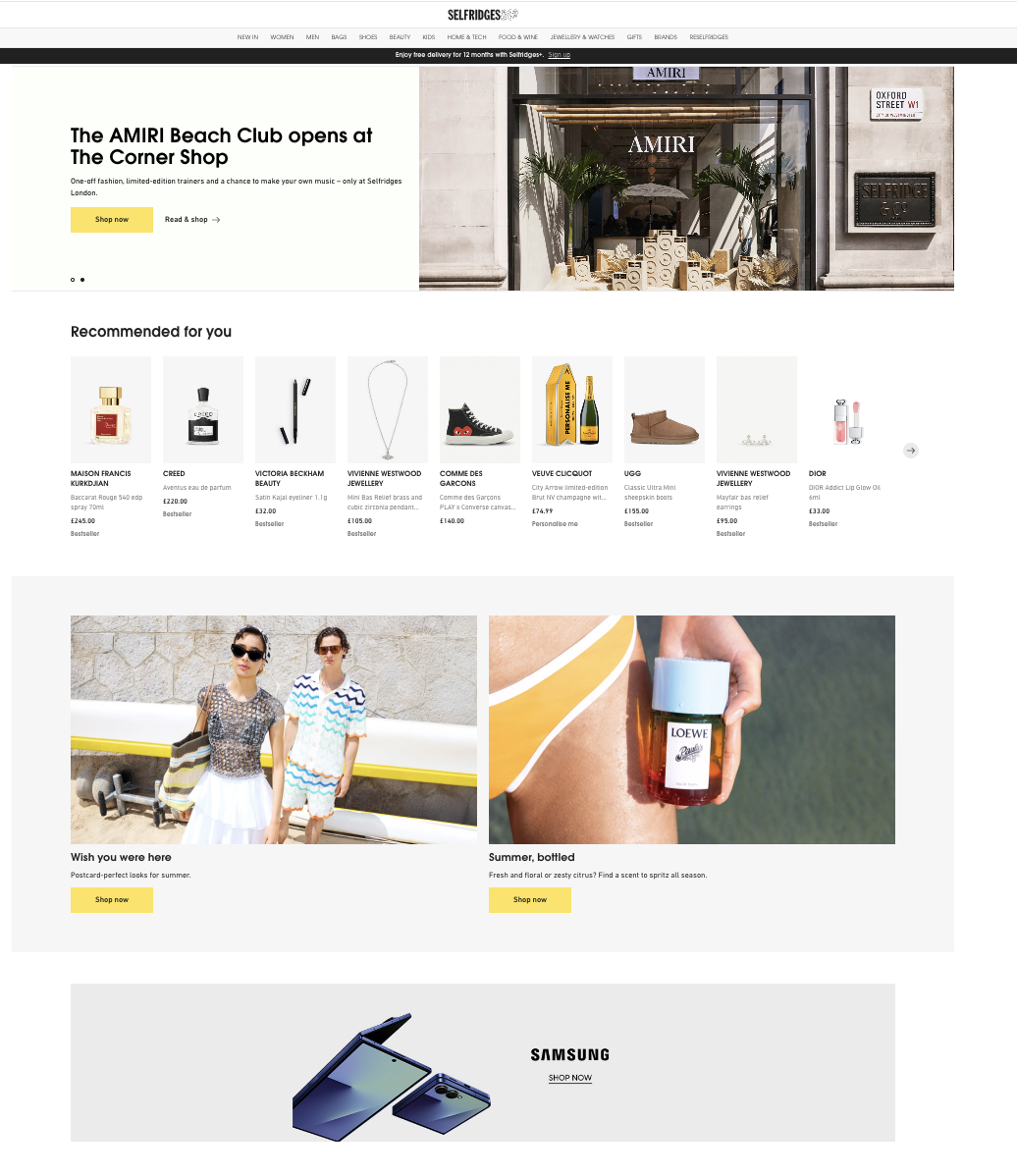
A stand-alone shoppable Samsung button on the Selfridges homepage, underneath a recommended for you section based on previous purchasing and browsing.
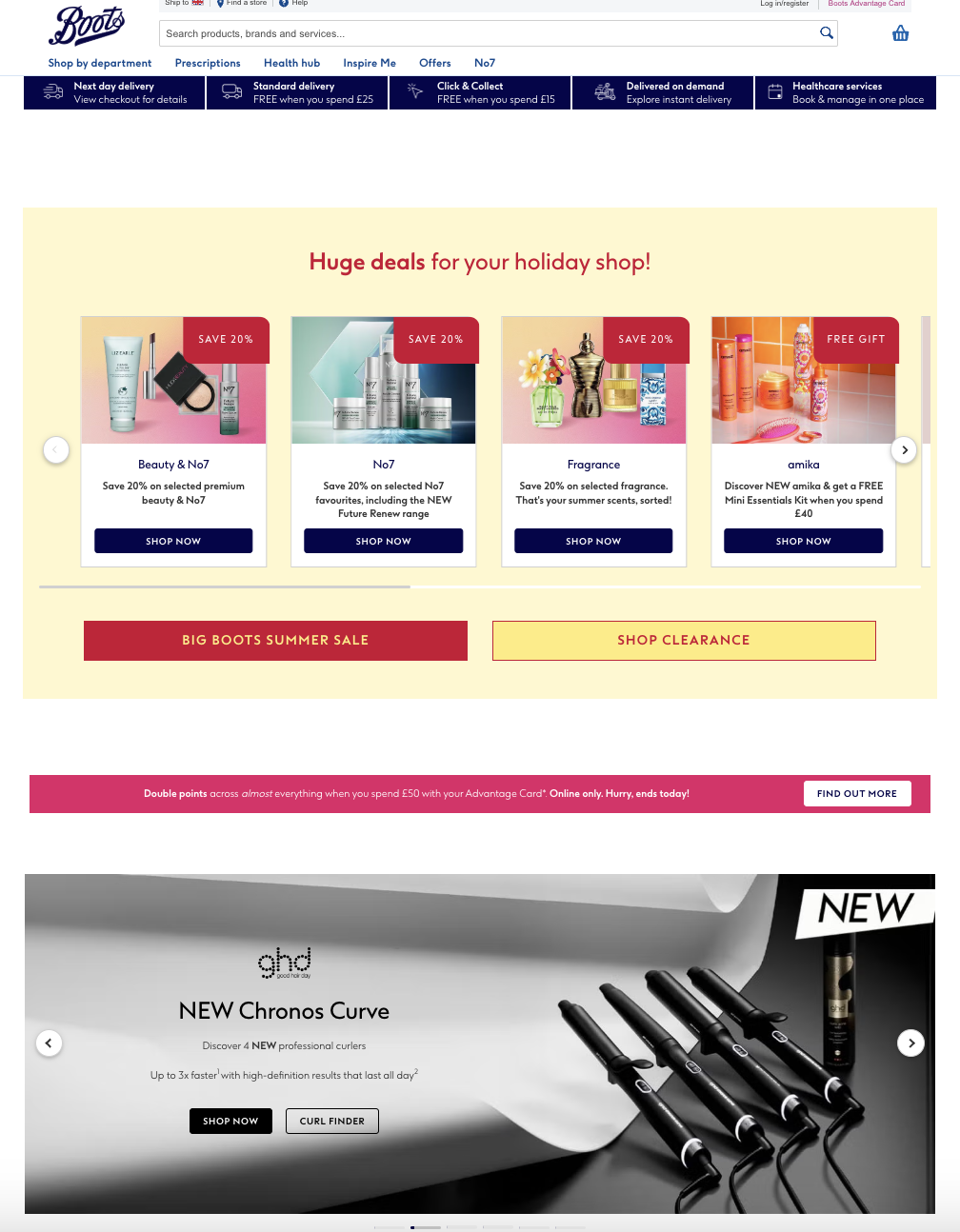
GHD’s new product is displayed on the Boots home page.
Retail media is present in brick-and-mortar stores, too. The digital D6 screen is the very last advert consumers engage with before entering the store. D6 ads are most commonly spotted in shopping malls and bus shelters, and are almost impossible for consumers to avoid.
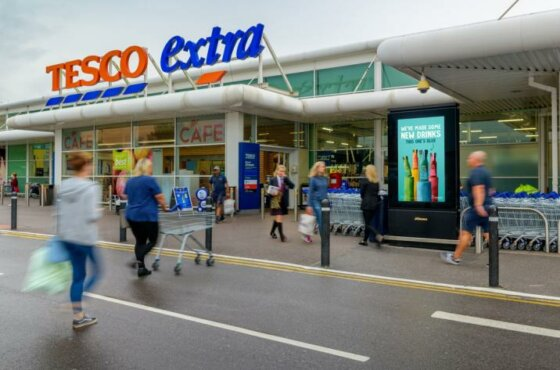
US retail media ad spend is projected to surpass $100 billion in the coming years, thanks to RMNs offering shopper data and access to audiences at the moment of purchase intent.
Influencer Marketing brings the creative storytelling and trust-building power that retail media campaigns often lack. Traditionally, retailer websites have been seen as functional spaces rather than creative ones – as you can see above, still product imagery that doesn’t show real-world usage dominates.
Here’s how combining influencers and retail media provides greater value for your brand:
According to a 2024 survey, 90% of US marketers plan to promote their creator partnerships through RMNs by 2025 because influencers help brands reach new shoppers who may not otherwise engage with retailer media.
Influencers reach audiences where they already spend time (social media) and direct them into the retail funnel. This is beneficial, as according to research, 3% of consumers would consider buying a product in-store if promoted by a celebrity, compared to 60% for an influencer, proving creators’ role in moving people closer to checkout.
Retail media is known for its strong targeting and analytics, but often lacks creativity – something that influencers specialize in. Influencers bring the stories, entertainment, and recommendations, while RMNs bring the precise targeting and measurement. Together, they create campaigns that increase your chance of conversion.
For example, a sponsored influencer video can be turned into creative assets for a retail media buy on a product detail page, combining trust-building personality with data-driven targeting.
Influencers also build brand credibility in retail spaces.
Even the best-placed retail ad can miss the mark if your product page lacks credibility, that's why reviews and influencer-generated content matter:
By integrating influencer content directly onto product pages and retailer sites, brands can offer trusted, recent endorsements that strengthen purchase confidence.
Retailers are already capitalizing on this trend. Amazon, Walmart, and Target have all invested in creator and affiliate programs that enable influencers to earn commission through storefronts and links while providing brands with scale and attribution.
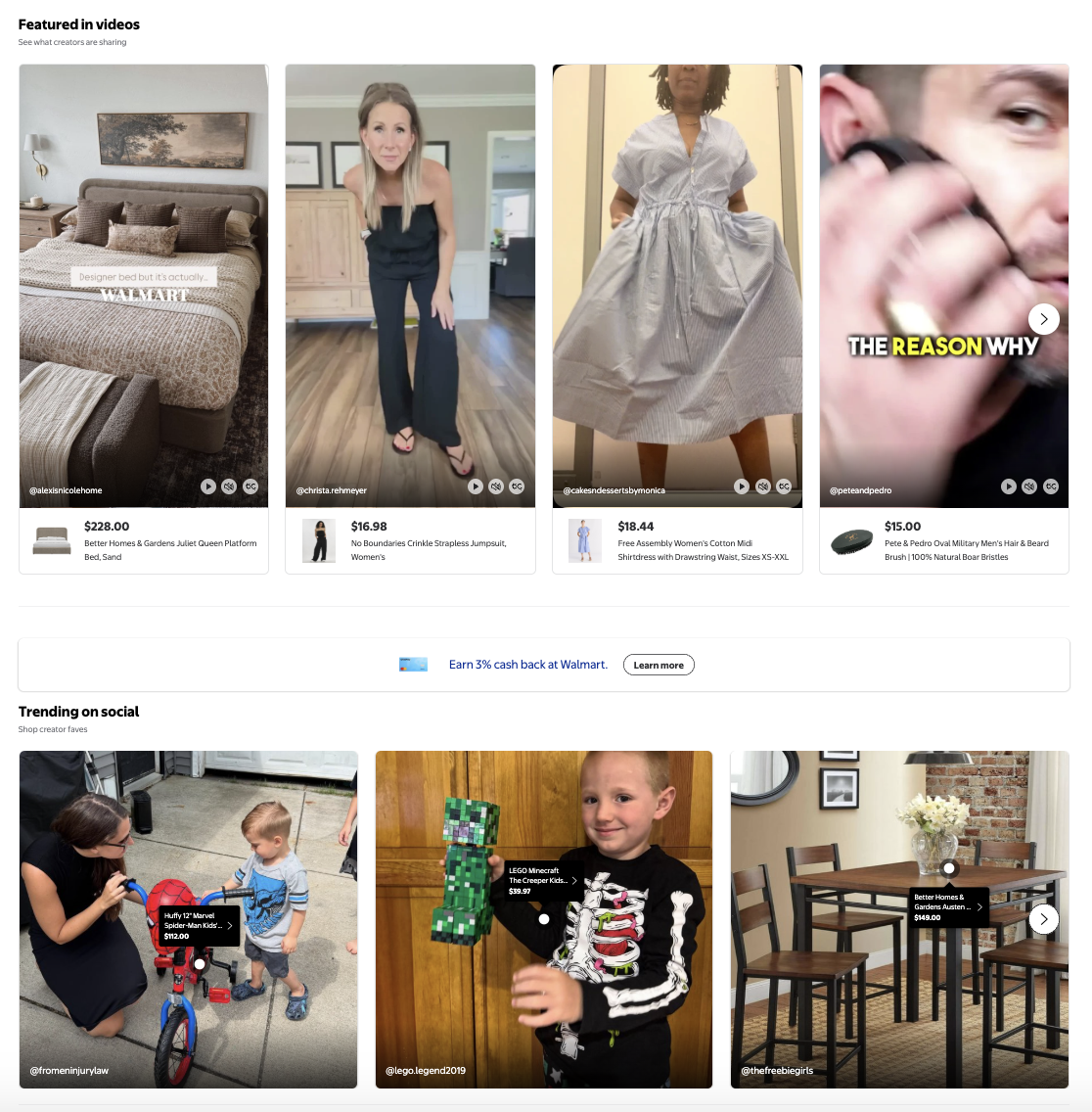
Walmart’s creator heavy homepage.
For advertisers, this also means securing usage rights from influencers is key so their content can be repurposed across retail media placements.
The convergence of creators and retail media is just getting started. Here are some trends to watch:
If you’re already investing in RMNs, it’s time to think beyond standard display ads and sponsored listings. Collaborate with creators, secure usage rights, and integrate their content across retail touchpoints to unlock the full potential of your retail media plan.
To learn more about integrating influencers into your wider media mix, reach out to us at hello@digitalvoices.com.